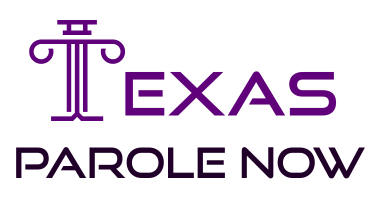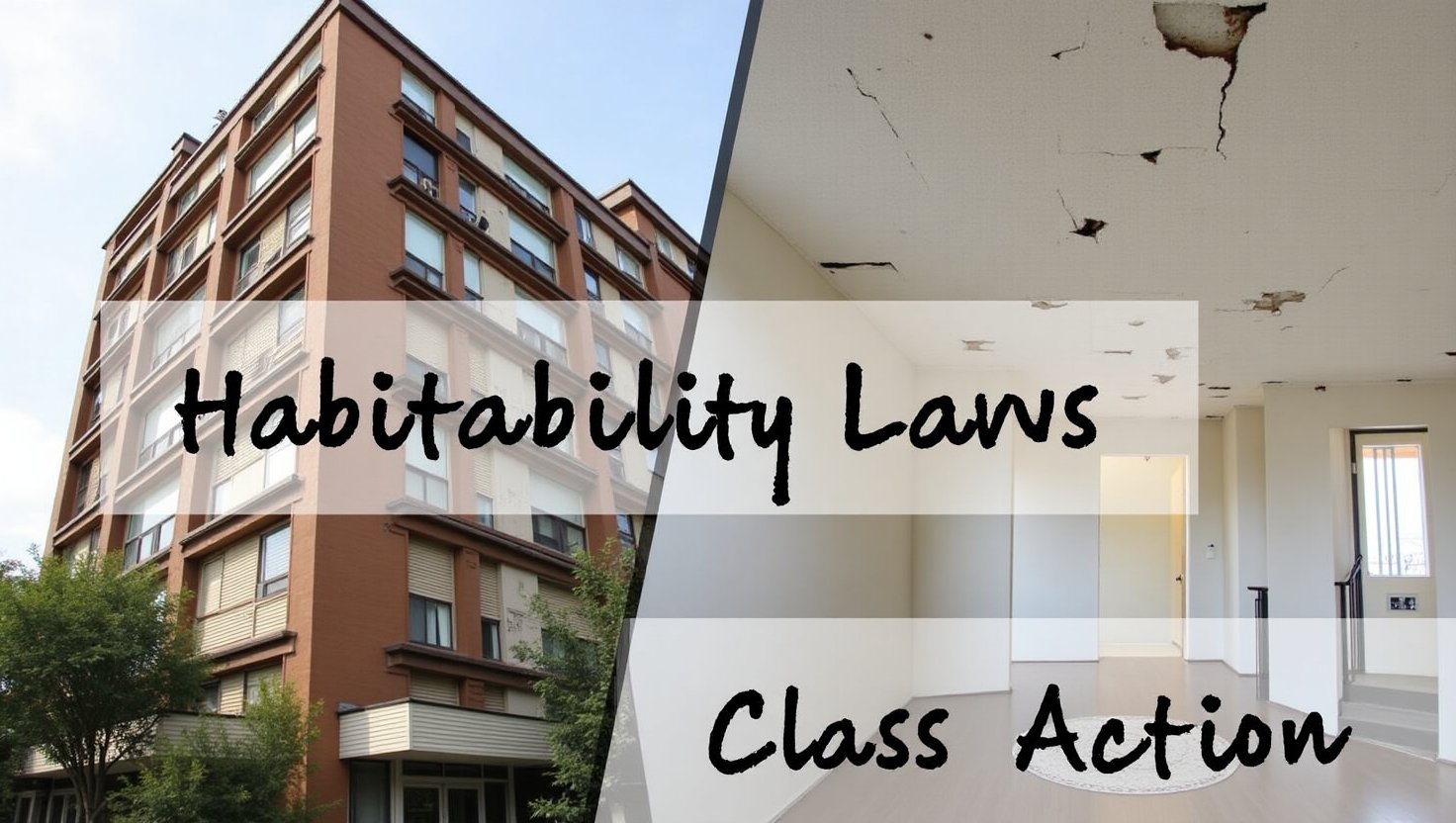Picture this: You sign a lease for a modern apartment, drawn by sleek photos and promises of responsive management. Months later, you’re battling persistent leaks, unaddressed safety hazards, and unexplained fees. This frustrating scenario lies at the heart of the Ashcroft Capital lawsuit, a legal battle shaking the U.S. multifamily real estate sector. For tenants and investors alike, this case isn’t just about one company—it’s a spotlight on systemic challenges in large-scale property management.
What Sparked the Ashcroft Capital Lawsuit?
Ashcroft Capital, a prominent real estate investment firm managing billions in assets across states like Florida, Texas, and Arizona, faces serious allegations from tenants. Multiple class-action suits consolidate claims accusing the firm and its property managers of widespread neglect. Tenants allege hazardous living conditions—think mold outbreaks, broken security systems, and ignored maintenance requests—paired with aggressive rent hikes and opaque charges.
Crucially, plaintiffs argue these issues violate state warranty of habitability laws and federal Fair Housing Act protections. One tenant’s testimony described “living in a construction zone” for months, with no accountability.
Key Allegations at a Glance
| Category | Tenant Claims | Legal Basis |
|---|---|---|
| Property Conditions | Chronic mold, plumbing failures, pest infestations, unrepaired safety hazards | Breach of Implied Warranty of Habitability |
| Financial Practices | Unjustified fees, above-market rent increases, security deposit disputes | Violations of State Landlord-Tenant Acts |
| Communication | Ignored repair requests, misleading lease terms, lack of transparency | Unfair and Deceptive Trade Practices |
| Retaliation | Eviction threats or rent hikes after complaints | Fair Housing Act Protections |
The Legal Framework: Why These Claims Matter
Housing law leans heavily on the implied warranty of habitability, a doctrine requiring landlords to maintain safe, livable units. When leaks cause mold or broken locks jeopardize safety, tenants can legally withhold rent or sue—exactly what’s unfolding here. Additionally, allegations of retaliatory rent increases target Section 818 of the Fair Housing Act, which shields tenants from punishment for asserting their rights.
Ashcroft’s defense, notably, hinges on shifting blame to third-party property managers. The firm asserts it enforced strict oversight protocols, suggesting subcontractors failed to execute. However, courts often hold asset owners ultimately responsible, making this a high-stakes argument.
Read Also: Texas Lawsuit Alleges Prisons Without Air Conditioning are Inhumane
Industry-Wide Implications: Beyond Ashcroft
This lawsuit transcends a single firm. It underscores a tension in the institutional landlord model, where private equity firms acquire thousands of units but delegate day-to-day management. Risks include:
- Accountability Gaps: When management is fragmented, tenants struggle to identify who fixes problems.
- Profit Pressure: Aggressive rent optimization strategies can clash with maintenance budgets.
- Regulatory Scrutiny: The DOJ and HUD increasingly target systemic housing violations, as seen in recent cases against corporate landlords.
As one housing advocate noted: “Tenants aren’t suing over minor inconveniences. These are battles for basic dignity.”
Guidance for Tenants and Investors
For Renters:
- Document Everything: Log repair requests, take photos, and communicate via email.
- Know Your Rights: State AG websites (e.g., Texas, Florida) publish tenant rights handbooks.
- Report Up: If managers are unresponsive, escalate to Ashcroft’s corporate office or state housing agencies.
For Investors:
- Audit Management Partners: Ensure contracts mandate tenant satisfaction metrics.
- Prioritize Capex: Allocate reserves for maintenance, not just cosmetic upgrades.
- Track Regulatory Trends: States like California and New York are tightening habitability laws.
The Road Ahead: What’s Next?
The Ashcroft Capital lawsuit remains in pre-trial phases, with settlements possible but not guaranteed. Outcomes could include:
- Financial Penalties: Compensation for affected tenants and civil fines.
- Operational Reforms: Court-mandated oversight of property management.
- Precedent Setting: A ruling clarifying owner liability for third-party managers.
Meanwhile, similar suits against firms like Progress Residential and Invitation Homes suggest this is a sector-wide reckoning.
FAQs
1. Is Ashcroft Capital being sued?
Yes, multiple class-action lawsuits allege habitability breaches and unfair practices at properties it owns.
2. What properties are involved?
Cases target buildings in Sun Belt states, including Florida (Tampa, Orlando), Texas (Dallas, Austin), and Arizona.
3. Can I join the lawsuit if I’m an Ashcroft tenant?
Potentially. Contact the plaintiffs’ law firms (e.g., Milberg Coleman Bryson) to discuss your lease history.
4. How does this affect Ashcroft’s investors?
Legal costs and reputational damage may impact fund returns. Scrutiny could also trigger stricter leasing regulations.
5. What’s Ashcroft’s response to allegations?
Ashcroft denies systemic wrongdoing, emphasizing its reliance on property managers and commitment to tenant welfare.
6. Could this lawsuit change rental laws?
Absolutely. Widespread cases often spur legislative reforms, like enhanced habitability inspections or fee transparency laws.
7. How long will the lawsuit take?
Complex class actions typically take 2–4 years. Settlements could resolve sooner.
You May Also Like: The University of Metaphysical Sciences Lawsuit

